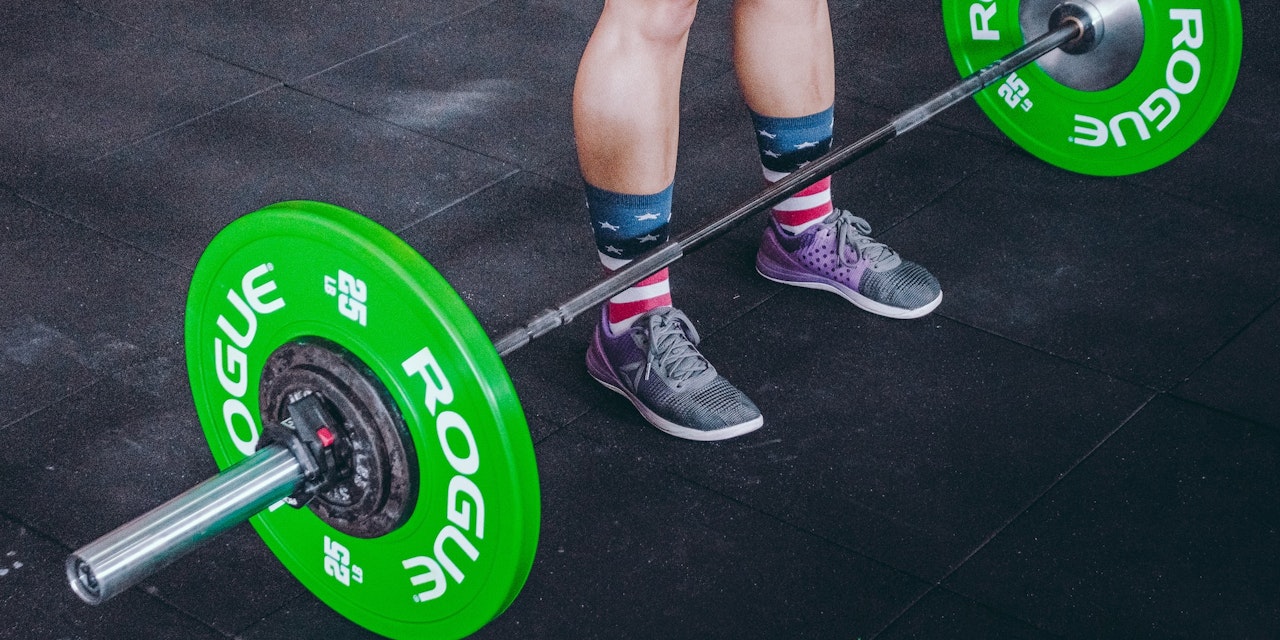What to eat for strength training
Fueling your body the right way can maximize your strength gains. Learn what and when to eat to get the most out of your strength training routine.
- Published: 1/30/2023
- Categories:
- 3 min. read

- Published: 1/30/2023
- Categories:
- 3 min. read
Fueling your body the right way can maximize your strength gains. Not only will you have more energy to enhance performance during workouts, you'll also better recover and prevent injury. Learn study-based secrets on what and when to eat to get the most out of your strength training routine.
Importance of strength training
Strength training is important for improving lean muscle mass, decreasing fat, increasing calorie burn, and helping with bone strength and stability (1). Additionally, since we naturally lose muscle as we age, strength training can become even more effective in preserving muscle and burning calories. It can also help fight osteoporosis, the weakening of bones.
How to fuel for strength training
An effective strength training program is not only about the way you workout, it's also about having a healthy nutrition plan to improve results and promote muscle-building and recovery.
Strength training nutrition is about getting enough calories and a balance of macronutrients (nutrients we require in large amounts), especially protein and carbohydrates (2). It's also essential to hydrate adequately.
Why are these macronutrients essential? Protein provides the building blocks for muscles and helps maintain strong and lean body mass (3). Carbohydrates provide fuel for strength workouts and replenish the stored form of carbohydrates (glycogen) that get used up during a workout. Fat is also a vital part of the overall diet for building hormones and increasing the absorption of fat-soluble vitamins. Still, they aren't needed right before or after a workout.
Pre-workout
About two to three hours before your workout, aim for a meal that's higher in carbohydrates and contains lean protein. Look for foods that are lower in fat and fiber to prevent tummy troubles during your workout. An example would be a chicken or tofu sandwich or wrap with some fresh vegetables or scrambled eggs with vegetables and potatoes.
About 30 minutes to an hour before a strength training workout, you may find it helpful to have a small snack that is easy to digest. This should mainly contain easy-to-digest carbohydrates with a bit of protein. For example, a banana with a teaspoon of peanut butter (4).
Post-workout
Fueling after a good workout is just as important as before. This is when your muscle is repairing itself, and your energy and nutrient needs increase. Protein provides the building blocks (amino acids) that build and grow muscles, while carbohydrates replenish the energy stores.
The optimal nutrient ratio is 3:1, meaning that for every 3 grams of carbohydrates, you have 1 gram of protein. When this is consumed within about 30 minutes of your workout, your body will be better able to replenish the carbohydrate stores it uses (5). An example of this would be whole grain bread with almond butter or yogurt with berries.
Craving some more examples? Check out: 6 Pre/Post Workout Recipes That Will Help You Improve Your Performance.
Hydration for strength training
Although strength training may not make you sweat as much as a high-intensity cardio workout, it still causes your body to lose fluids. Drinking enough fluids before, during, and after a strength workout can help prevent dehydration and improve the quality of the exercise.
The American Council on Exercise recommends that when exercising, it's best to have 17 to 20 ounces of fluid about 2 to 3 hours before exercise, another 8 ounces 20 to 30 minutes before starting a workout, then 7 to 10 ounces of fluid every 10 to 20 minutes during exercise. Aim for about 16 to 24 ounces of fluid for every pound lost after exercise (6). Cheers to good health!
Download Lifesum to help you hone in on the right amount of macronutrients to best fuel your strength training workout.
6 references (hide)
All of the content and media on Lifesum is created and published for information purposes only. It is not intended to be used as a substitute for medical advice or treatment. Users should always consult with a doctor or other health care professional for medical advice. If you have or think you are at risk of developing an eating disorder, do not use the Lifesum app and seek immediate medical help.